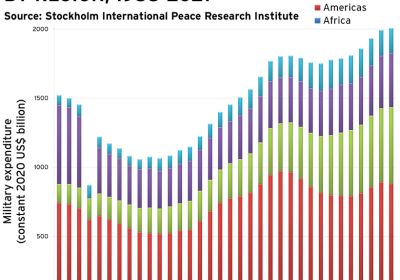
Global military spending rose last year to more than US$2.8 trillion, an average of more than $8.1 billion every day, according to the Stockholm International Peace Research Institute. Kerry Smith reports.

Global military spending rose last year to more than US$2.8 trillion, an average of more than $8.1 billion every day, according to the Stockholm International Peace Research Institute. Kerry Smith reports.
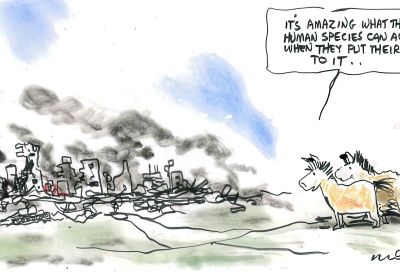
Since becoming the minister for offence, Peter Dutton has used every opportunity to spruik Australia’s “need” to prepare for war against China. ANZAC Day provided another opening for the hawk. Pip Hinman reports.

A tidal wave of outrage followed the Solomon Islands and China signing a security deal. Missing in the fury is a recognition that the Solomon Islands is a sovereign state, argues William Briggs.
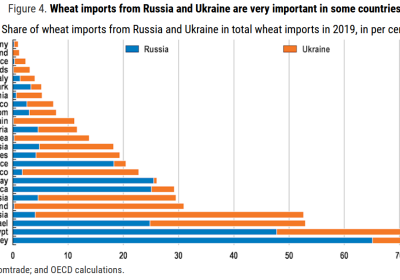
The integrated nature of the world's economies means that it is a fiction that national budgets are divorced from the global setting, William Briggs explains.
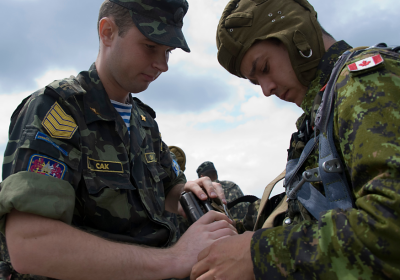
The New Democratic Party’s rightward move was fully cemented recently when it signed a cooperation agreement with the ruling pro-capitalist Liberal party, reports Jeff Shantz.

The war between Russia and Ukraine and its NATO backers continues, but Australia’s chief international focus is much closer to home — China. William Briggs reports.
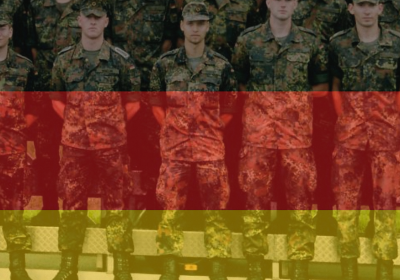
When German Chancellor Olaf Scholz announced a €100 billion boost to defence spending, he was continuing along a trajectory set in place more than a decade ago, writes Sibylle Kaczorek.

Today the war drums have new and highly enthusiastic beaters in Britain, America and the 'West', writes John Pilger.
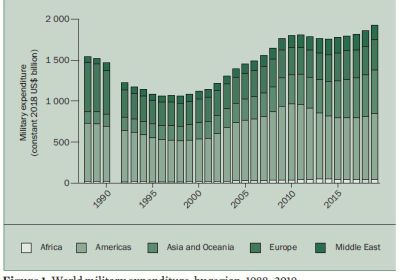
The latest Stockholm International Peace Research Institute figures reveal a world in which arms spending is rising across most, if not all regions, writes Chris Nineham.
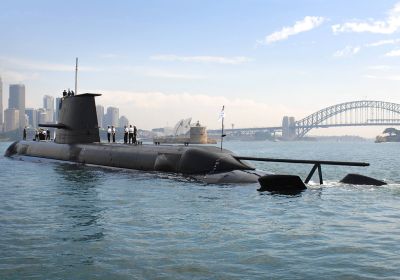
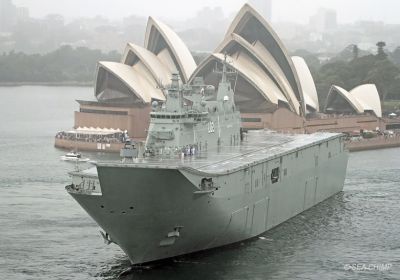
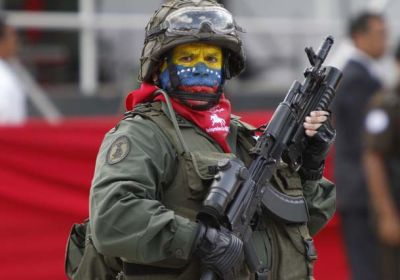
A new report by the Stockholm International Peace Research Institute found Venezuela cut its military budget by 34% last year, leading the region in arms spending cuts. In contrast, United States political allies Paraguay and Mexico led the region in upping military spending, raising military budgets by 13% and 11%, respectively.